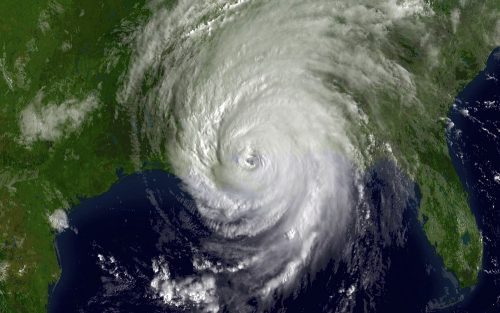Resilience challenges confront majority of American homeowners amidst impending climate-driven events
Nearly 50% think that the cost of coverage has become too high.
According to a recent Harris Poll study done on behalf of the American Property Casualty Insurance Association (APCIA), almost three-quarters (74%) of homeowners face challenges when attempting to increase the resistance of their houses to natural disasters.
The need for mitigation and resilience for company owners and homeowners to protect their properties from the severe effects of natural disasters is highlighted by recent terrible natural disasters. The survey indicates that the main obstacle is thought to be financial, with 46% identifying cost as a major deterrent. Furthermore, 20% are ignorant about where to start or how to proceed.
Other significant survey results are as follows:
• Eighty-five percent of homeowners favor local governments implementing the most recent building codes to guarantee that newly constructed buildings adhere to strict criteria for catastrophe resilience.
• To improve the resilience of their homes and comply with building codes, 75% of homeowners are willing to replace certain home materials.
• To reduce the expense of reconstruction and repairs, 80% of homeowners support initiatives to limit development in storm- and wildfire-prone areas.
According to the survey, homeowners found that financial aid in the form of low-interest home improvement loans or federal/state grants (19%), as well as discounts on insurance premiums (22%), lower costs for updated materials through sales or income tax credits or rebates (26%), and lower property taxes (21%), were the most helpful incentives for bolstering home resiliency.
Insurance’s vital role amid escalating natural disasters
Rising sea levels, an increase in natural disaster losses, a surge in extreme weather occurrences, and wildfires that are getting worse all highlight how urgently proactive action is needed to improve resilience and reduce risks. The impact of climate change is exacerbated by population increase in areas vulnerable to hazards, underscoring the need for stricter building regulations and a greater emphasis on community planning to reduce risks and guarantee long-term resilience against climate-related disasters.
To improve mapping and modeling of natural disasters and climate risk, insurers are consistently investing in cutting-edge tools and technologies, according to the APCIA. To provide useful solutions for communities and consumers, they also actively fund safety research through the Insurance Institute for Business & Home Safety (IBHS). IBHS provides affordable recommendations for preparing homes for several types of natural catastrophes. These recommendations include risk-reduction measures including roof inspections, gutter cleaning, gap sealing, and suitable landscaping.
“There are effective ways to reduce the risk of damage from natural disasters to your home or business no matter what your budget is,” said Karen Collins, property and environment vice president of APCIA. “Millions of people are increasingly at risk for natural disasters as more communities are built in hazard-prone regions and communities face the intensifying impacts of climate change, so it is incredibly important for homeowners, communities, and policymakers to make resiliency and mitigation a top priority.
“Communities must begin to adapt to growing climate impacts now by adopting and enforcing stronger building codes in high-risk areas and focusing on better community planning. Reducing our risk must continue to be a shared priority, and we must work together to adapt and increase our resiliency in the face of climate-fueled disasters,” Collins added.


